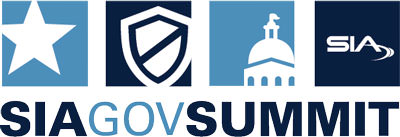Breakfast /Registration Begins
Check in for GovSummit at our registration desk and enjoy breakfast and networking with other event attendees.
© 2025 Security Industry Association
Privacy Policy | Health & Safety Policies | Code of Conduct | Terms and Conditions
